MOTS-C
MOTS-C
MOTS-C is a mitochondrial-derived peptide that has generated interest in metabolic, performance, and longevity research. Naturally encoded in mitochondrial DNA, MOTS-C plays a key role in cellular energy regulation, insulin sensitivity, and stress response pathways.
Studies are exploring its potential to enhance physical performance, support metabolic health, and promote healthy aging. MOTS-C is considered a promising candidate in the investigation of fatigue resistance, glucose regulation, and age-related metabolic decline.
Couldn't load pickup availability
Works with
Works with
- 5-Amino-1MQ
- AOD9604
- CJC-1295 with DAC
- BPC-157
- Epithalon
Delivery
Delivery
MOTS-C is supplied as a freeze-dried (lyophilised) powder. To use it, the peptide must first be reconstituted with bacteriostatic water. Learn how to activate this peptide.
This peptide is usually researched via subcutaneous injection, which means it’s delivered just under the skin using a small needle. Learn about subcutaneous injection.
Rigorous Testing
Reputable Suppliers
Compliance with UK regulations
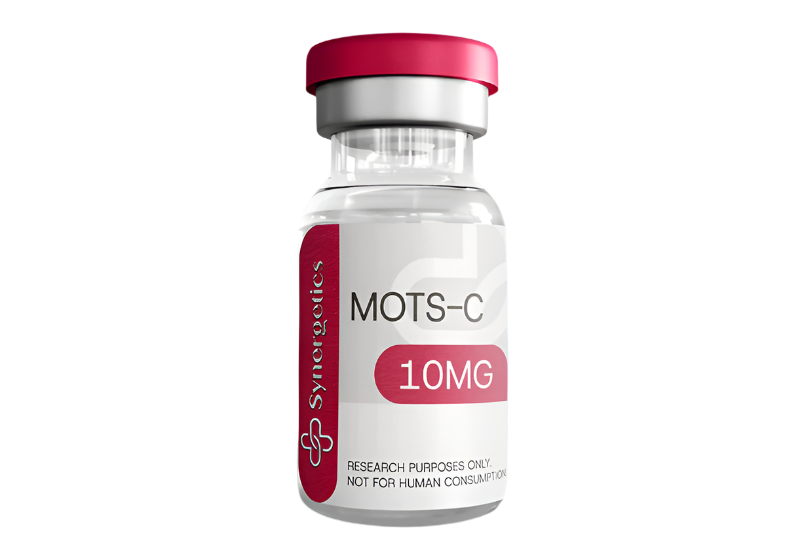
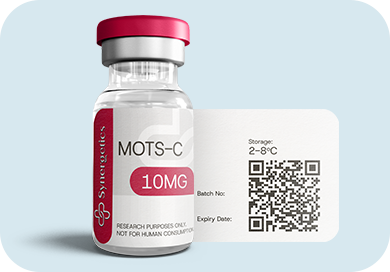
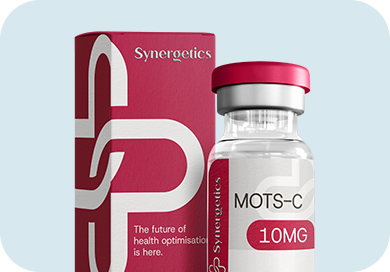
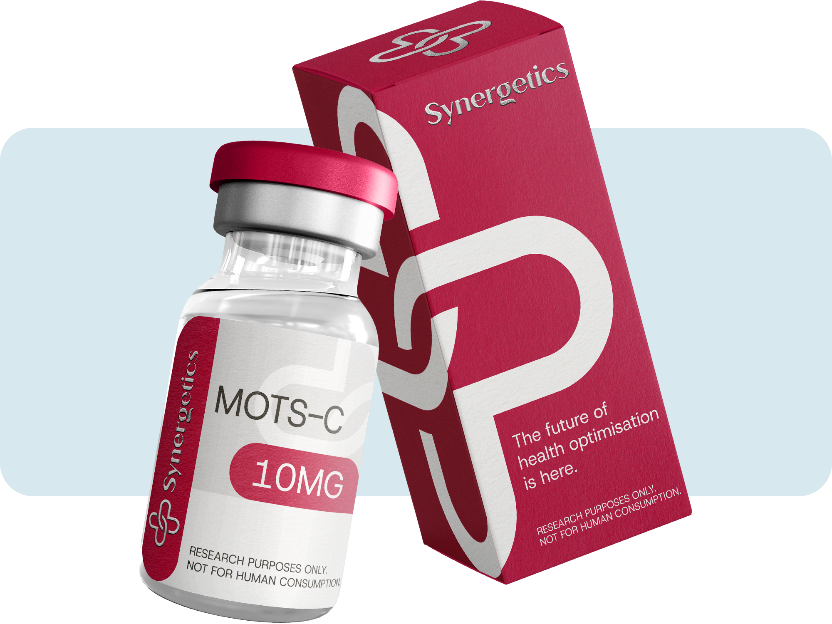
Stacks well with
MOTS-C is a powerful peptide for enhancing energy, metabolic health, and endurance—but when paired with the right peptides, its benefits can reach new levels. Whether you're aiming to lose fat, improve insulin sensitivity, or increase your resilience to physical and metabolic stress, the peptides below work synergistically with MOTS-C to optimise how your body performs and recovers, inside and out.
5-Amino-1MQ
Why it pairs well: 5-Amino-1MQ also boosts cellular energy and fat metabolism by inhibiting NNMT, which can interfere with NAD⁺ production. Stacked with MOTS-C, it creates a synergistic fat-burning and energy-boosting protocol, ideal for weight loss and metabolic optimisation.
AOD9604
Why it pairs well: AOD9604 promotes lipolysis (fat breakdown), making it a strong partner for MOTS-C in body recomposition stacks. While MOTS-C improves how the body uses energy at the cellular level, AOD9604 directly accelerates fat loss.
CJC-1295 with DAC
Why it pairs well: CJC-1295 with DAC provides a long-acting boost to natural growth hormone production, supporting cellular repair, fat metabolism, and lean muscle maintenance. When combined with MOTS-C, this stack helps optimise energy efficiency, recovery, and body composition, making it ideal for those focused on sustainable performance and anti-aging benefits.
BPC-157
Why it pairs well: BPC-157 promotes gut, tissue, and joint healing—which is important when increasing activity or pushing the body during weight loss or athletic training. It supports systemic recovery, making it a smart addition to any MOTS-C protocol.
Epithalon
Why it pairs well: Epithalon supports telomere maintenance and cellular longevity, making it a great long-term partner for MOTS-C in anti-aging and vitality protocols. Together, they may help protect against metabolic decline and mitochondrial dysfunction as we age.
Quality You Can Trust
At Synergetics, we provide MOTS-C of the highest purity and quality to ensure accuracy and reliability in scientific research. Each product undergoes rigorous testing and quality control to meet the highest industry standards.

Key Features of Our MOTS-C
- Research-grade peptide for laboratory and scientific use
- Produced to the highest purity and stability standards
- Lyophilized (freeze-dried) for optimal preservation
- Available in multiple quantities to support diverse research needs
Wide Applications in Scientific Research
MOTS-C offers exciting opportunities for studies exploring:
Energy production and mitochondrial health
Fat metabolism and weight management
Physical endurance and recovery optimization
Glucose regulation and insulin sensitivity
Age-related decline and cellular protection
Cognitive function and organ health
For Research Purposes Only
Our MOTS-C is sold strictly for laboratory and scientific research purposes use only. It is not intended for human consumption, medical use or diagnostic purposes.
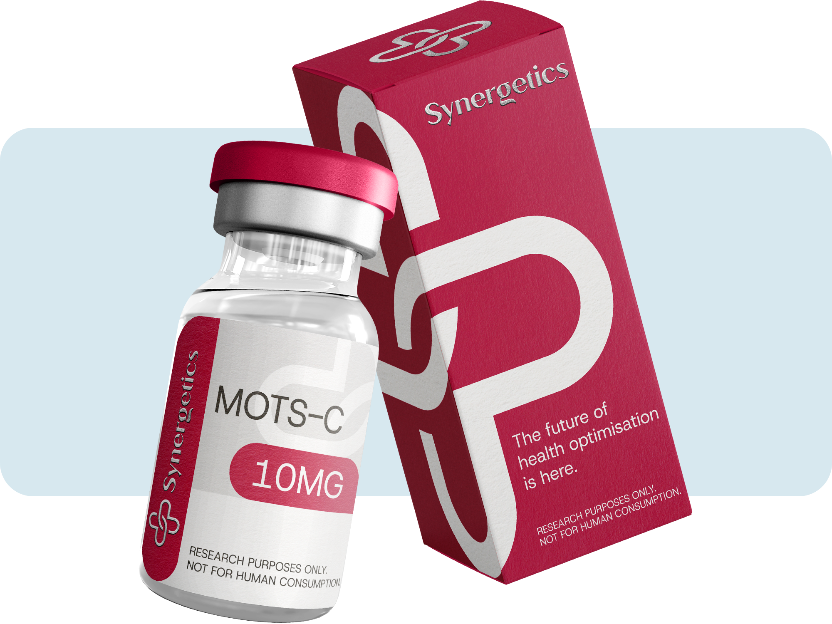
Discover the Potential
Explore how MOTS-C is being studied for its role in energy regulation, metabolic health, and physical performance in the context of healthy aging.


